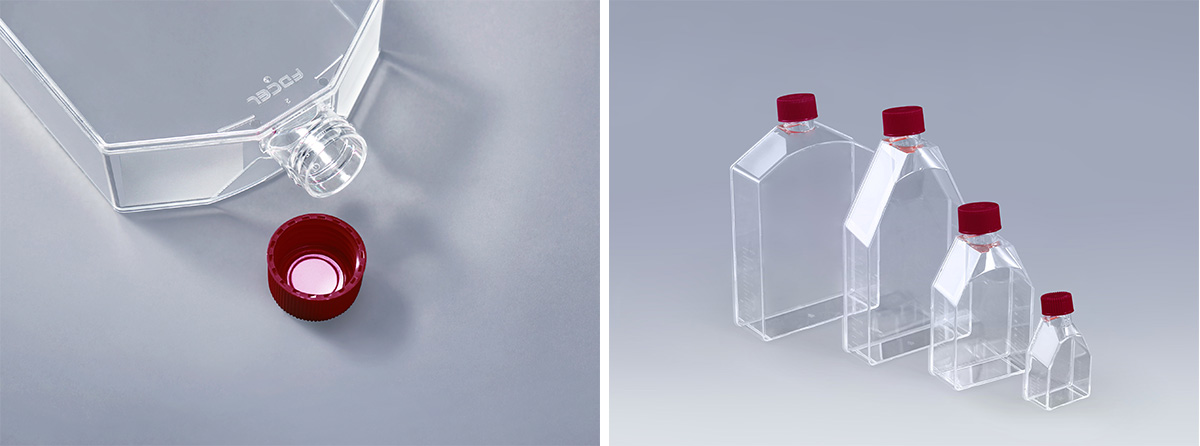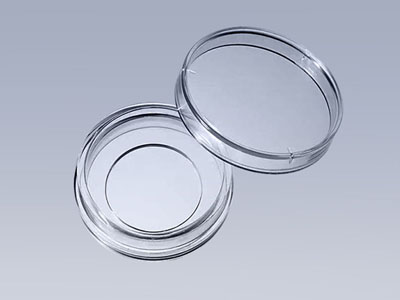General Tips for Successful Cell Culture
Cell culture is an essential technique used in many areas of biological research, including drug discovery, cancer research, and biotechnology. The success of cell culture experiments depends on many factors, including the choice of cell type, the quality of the culture medium, and the conditions of the incubator. Here are eight tips for successful cell culture in the lab:
Start with healthy cells
Healthy cells are essential for successful cell culture experiments. Make sure you use cells that are in good condition and have not been exposed to any toxic agents or other stresses. Additionally, it's important to use cells that are within a limited number of passages to ensure they maintain their original characteristics.
Choose the right cell type
Different cell types have different requirements for growth, and it's essential to choose the appropriate cell type for your experiment. Pay attention to the specific cell culture conditions recommended by the manufacturer or literature when selecting your cell type.
Cell Culture Flask
Optimize the culture medium
The culture medium is the most important factor that influences cell growth and survival. It contains all the nutrients and growth factors that the cells need to thrive. It's essential to optimize the culture medium to ensure the cells have access to the right nutrients and pH levels. This can be achieved by using commercial cell culture media and supplementing them with other additives if necessary.
Maintain sterility
Maintaining sterility is critical to the success of your cell culture experiment. Always work in a clean, well-lit area, and use sterile techniques to avoid contamination. Keep all the equipment, such as pipettes and culture dishes, clean and sterilized. Additionally, always wear gloves and lab coats to avoid contamination.
Use the right equipment
Using the right equipment is critical for successful cell culture. Use culture dishes and flasks that are specifically designed for cell culture, and avoid using equipment that is designed for other purposes. Make sure your incubator is properly calibrated and regularly serviced to maintain the correct temperature, humidity, and CO2 levels.
Cell Culture Dish
Avoid over- or under-passage of cells.
As cells divide, they will eventually reach a point where they can no longer divide and begin to senesce (senescence). It is important to divide cells at the right time to avoid over- or under-passage. A good rule of thumb is to divide cells when they reach about 80% confluence (when the culture dish is mostly covered with cells).
Use the right antibiotics.
If you are using antibiotics to prevent contamination, be sure to choose the antibiotic that is best for your cells. Some antibiotics may be toxic to certain cell types, so it is important to research and test them before adding them to your cultures.
Additional resources:
Top Sources for Nano Silver in Australia
Boost Gypsum Mortar Performance with HPMC: Uncover Top Solutions
Which Daily Products Can Be Replaced With Biodegradable Starch Resin Materials?
Ultimate Guide: Tetracaine Hydrochloride 100% Purity
What is the difference between PLA and PBAT?
What are the top 5 benefits of purchasing Xinnuo Lixing International Trade products for your business?
Is South Korea good for medical treatment?
Maintain good laboratory hygiene.
In addition to keeping equipment and work areas clean, it is important to follow proper laboratory safety protocols to prevent contamination. This includes wearing gloves and lab coats, frequent hand washing, and proper handling of biohazardous materials.
The following is a list of common consumables used in cell culture:
Here is a list of common consumables used in cell culture:
Cell culture media - used to provide nutrients and other factors necessary for cell growth and maintenance.
Cell culture dishes or flasks - used to culture cells in the laboratory.
Cell culture sera - used to supplement cell culture media with growth factors and other nutrients.
Cell culture antibiotics - used to prevent contamination of cell cultures.
Cell culture inserts - used to create a 3D environment for cell culture.
Cell culture pipettes and pipette tips - used to transfer cells and media in the lab.
Cell culture incubators - used to maintain a constant temperature for cell culture.
Cell culture centrifuge - used to separate cells from media.
Cell culture microscope - used to observe cells and monitor their growth.
Cell culture medium - used to provide nutrients and other factors needed for cell growth and maintenance
Cell culture dishes or flasks - used to grow cells in the laboratory
Cell culture serum - used to supplement the cell culture medium with growth factors and other nutrients
Cell culture antibiotics - used to prevent cell culture contamination
Cell culture inserts - for creating 3D environments for cell culture
Cell culture pipettes and pipette tips - for transferring cells and media in the lab
Cell culture incubators - for maintaining constant cell culture temperature
Cell culture centrifuge - for separating cells from culture media
Cell culture microscopes - for observing cells and monitoring their growth
What underlayment should I use on concrete?
Uncovering the Benefits of CAS 979-32-8
How is NBR rubber made?
Ultimate Guide to HPMC Coating Glue: Benefits, Uses & Application Tips
What is the benefit of nano silver spray?
Is HPMC synthetic or natural?
What is the CAS number of 7553 56 2?
Related Articles











Comments